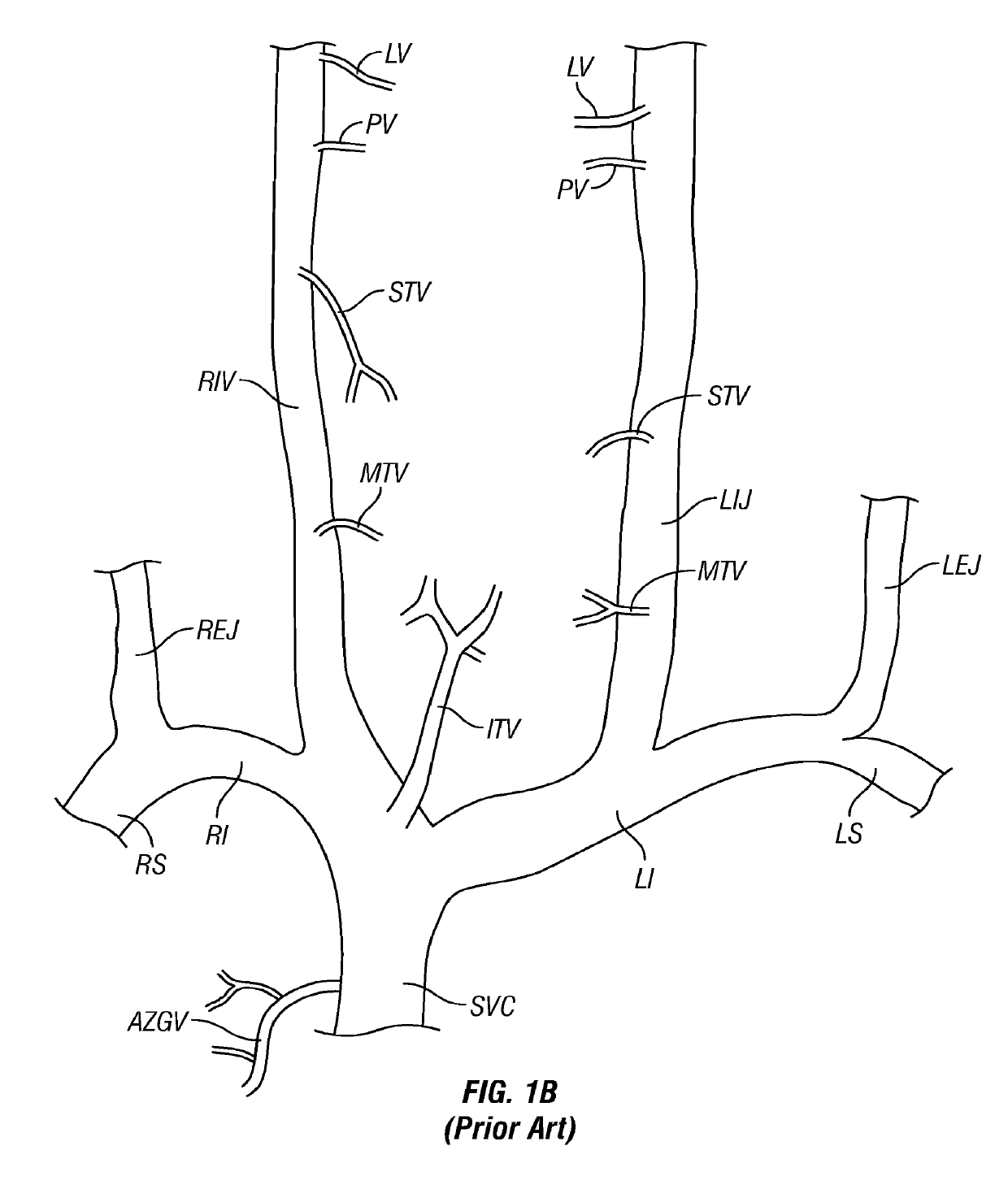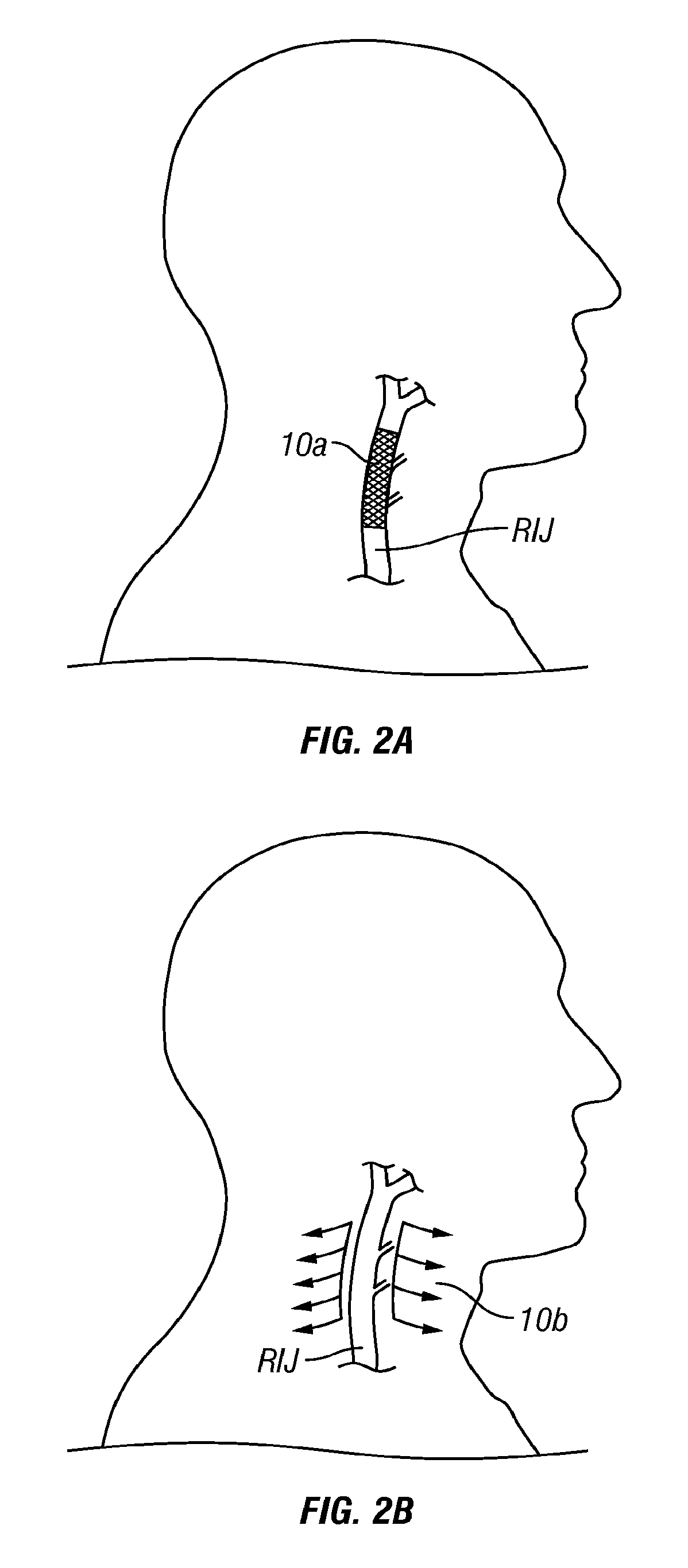Methods, systems and devices for treatment of cerebrospinal venous insufficiency and multiple sclerosis
a cerebrospinal vein and multiple sclerosis technology, applied in the field of biology and medicine, can solve the problems of ms being difficult to diagnose in its early stages, neuroaxonal apoptosis and degeneration, and unable to cure ms, so as to improve the and improve the effect of flow through the stenotic body lumen
- Summary
- Abstract
- Description
- Claims
- Application Information
AI Technical Summary
Benefits of technology
Problems solved by technology
Method used
Image
Examples
Embodiment Construction
[0104]The following detailed description and the accompanying drawings to which it refers are intended to describe some, but not necessarily all, examples or embodiments of the invention. The described embodiments are to be considered in all respects only as illustrative and not restrictive. The contents of this detailed description and the accompanying drawings do not limit the scope of the invention in any way.
[0105]FIG. 1A is a schematic diagram of the major veins of the human brain with the names of specific veins labeled thereon. FIG. 1B is a schematic diagram showing major veins of the neck and upper thorax through which venous blood drains from the veins of the brain. Reference letters are used to indicate specific veins, as follows:
LabelVesselSVCSuperior Vena CavaRIRight InominateLILeft InominateRSRight SubclavianLSLeft SubclavianRIJRight Internal JugularLIKLeft Internal JugularREJRight External JugularLEJLeft External JugularITVInferior Thyroid VeinsMTVMiddle Thyroid VeinsS...
PUM
 Login to View More
Login to View More Abstract
Description
Claims
Application Information
 Login to View More
Login to View More - R&D
- Intellectual Property
- Life Sciences
- Materials
- Tech Scout
- Unparalleled Data Quality
- Higher Quality Content
- 60% Fewer Hallucinations
Browse by: Latest US Patents, China's latest patents, Technical Efficacy Thesaurus, Application Domain, Technology Topic, Popular Technical Reports.
© 2025 PatSnap. All rights reserved.Legal|Privacy policy|Modern Slavery Act Transparency Statement|Sitemap|About US| Contact US: help@patsnap.com



